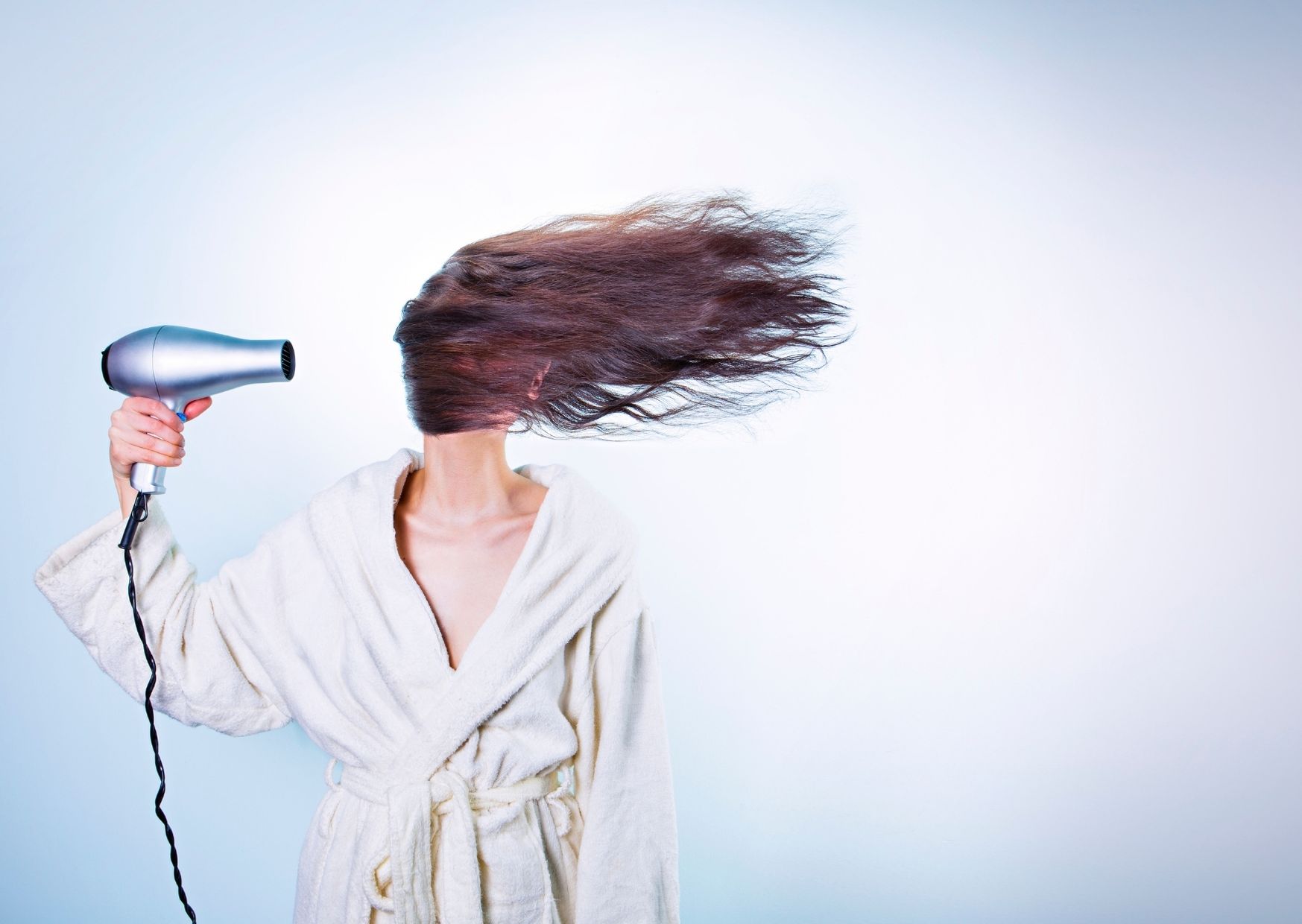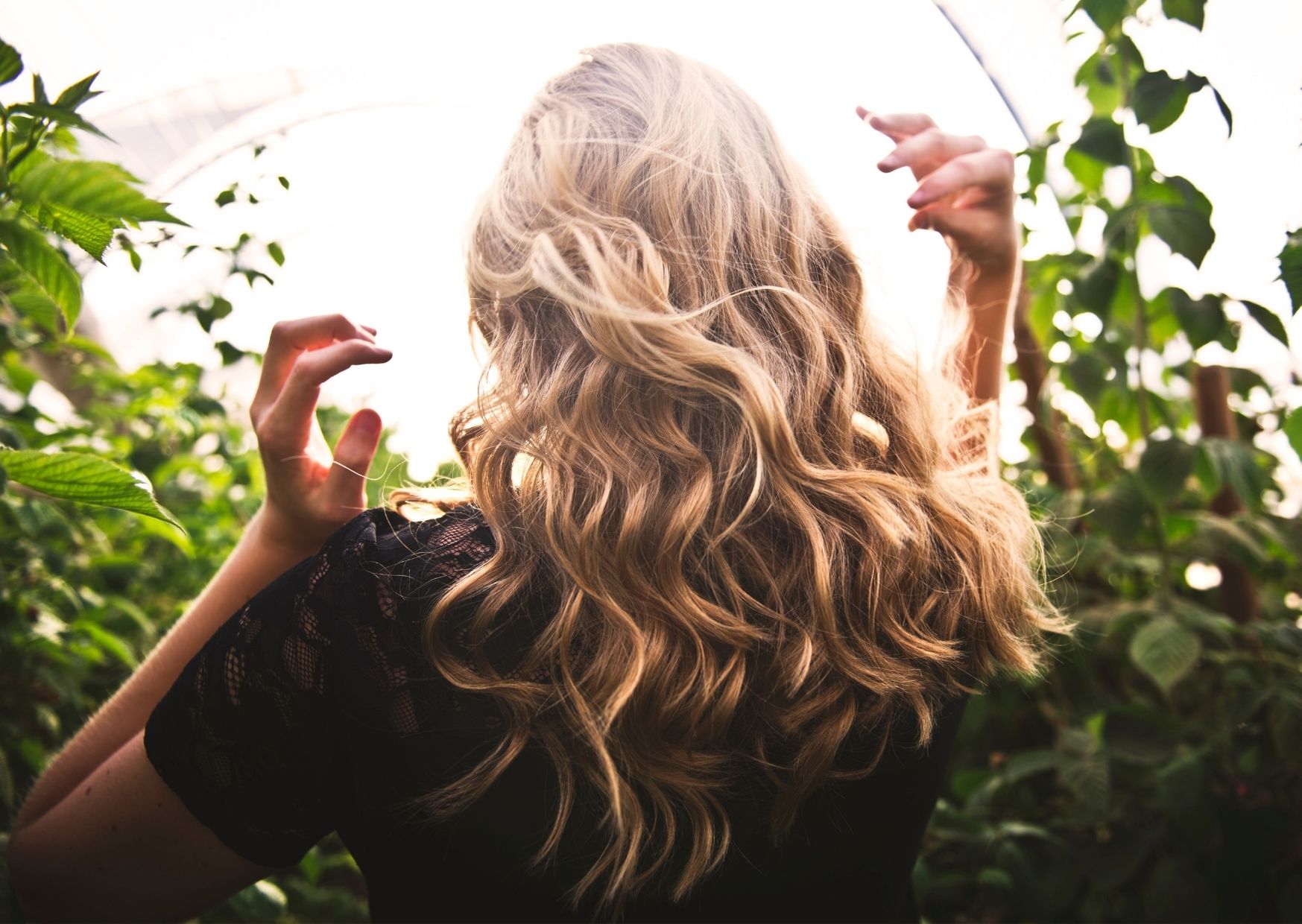Hair oiling – If you want beautiful and well-groomed hair learn the hair oiling technique.

If you want to take care of your hair, you need good habits. One of them should be regular hair oiling, that will take care of the ends. Everyone in hair oiling will find a technique, that will be perfect for a given type of hair. We present to you a dose of knowledge about hair oiling to make your hair long, beautiful and shiny.
1.Benefits of hair oiling
Using the hair oiling technique, you can significantly improve the appearance of your hair and the condition of the scalp. Oiling protects against unfavorable weather conditions, reduces the secretion of sebum, and has a good effect on hair growth. If you struggle with dandruff or scalp inflammation, you can try oiling. Contrary to appearances, the use of natural oils does not burden the hair, on the contrary it lifts the hair up from the root and makes it stronger and beautiful. Oiling will help fight split ends, and also effectively regenerate, add volume and bounce to the hair. It will facilitate detangling and make everyday care much easier.
2. Oil selection
The choice of oil plays a huge role, and even the most important in the process of hair oiling. Certainly, it will be some time before you find the perfect oil for your hair. Therefore, do not be discouraged immediately, when hair oiling does not immediately bring the desired results. The basic criterion when choosing a hair oil is the degree of hair porosity. Find out what type of hair you have and start oiling. Here are some oils you can try regardless of your Italian type: olive oil, avocado oil, sunflower oil, macadamia oil, rose oil, grape seed oil, castor oil.
Read about 3 steps to beautiful skin.
3. Hair oiling techniques
Oiling, apart from choosing the right oil, also requires the right technique that your hair will like the most. There are several hair oiling techniques: wet, dry, with the use of a conditioner, mist oiling, wet in a bowl and with the use of serum. You can oil your hair along its entire length or only on the ends. In general, each method assumes that you should apply a thick layer of oil to a certain length of hair and leave it for a certain period of time. Most often it is one hour with the hair tied in a handkerchief or a towel so that the water does not drip.
4. Washing off the oil
The next step in oiling is washing it off. It is not that simple because the oil does not mix with water. Therefore, when you wait a certain period of time, wash off the oil with warm water. Of course, there will still be a large dose of oil left on your hair, so apply a conditioner or serum and wait another minute. When the conditioner is absorbed, apply shamopn to your hair and wash your hair and scalp thoroughly. After such actions, there will be no trace of the oil on your hair.
5. Avoid this
Avoid hair oiling on dirty and greasy hair. Such activities can affect the condition of the hair and cause hair loss. Don’t forget that too much or too little oil on your hair is also not conducive to the oiling process. Therefore, try, test and observe what your hair likes. Avoid keeping the oil on your hair for too long and too short. Make sure your hair has the right oil and is thoroughly washed. Regularity will make your hair really benefit from oiling and will make it beautiful and well-groomed.

